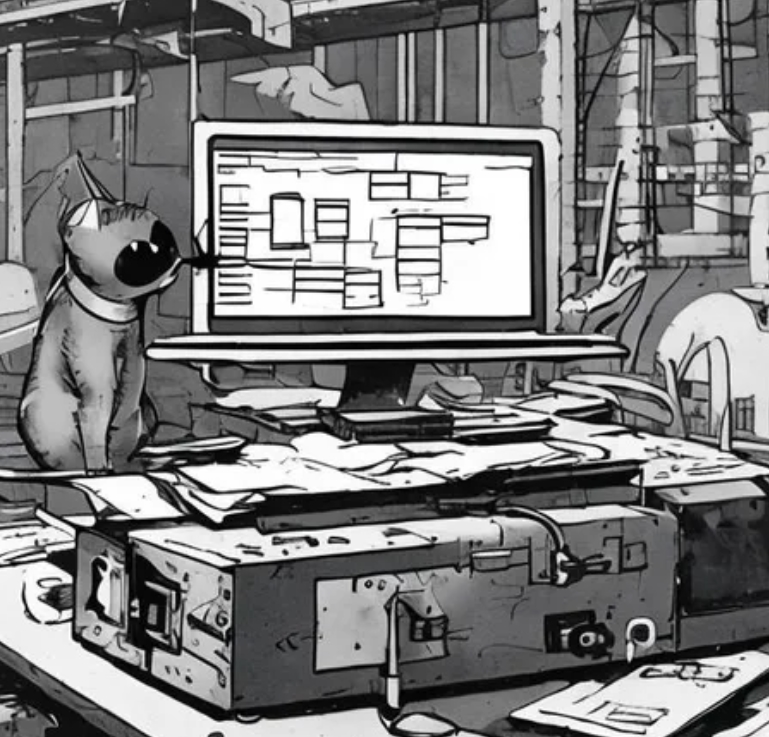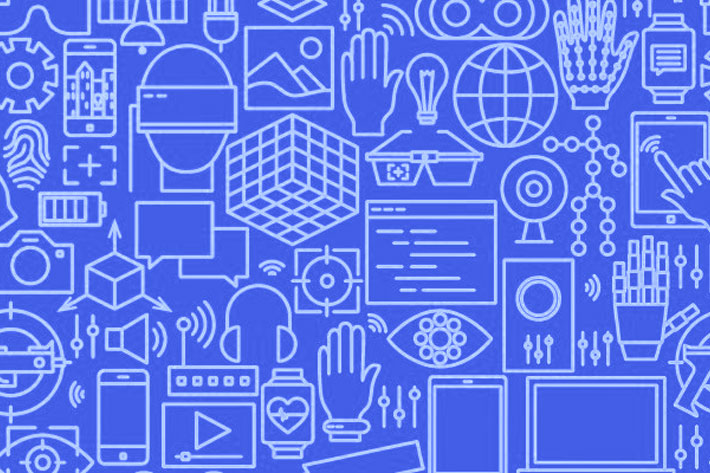
Agile vs. Waterfall: A Comprehensive Comparison
Choosing the right software development methodology is crucial for project success. This article compares Agile and Waterfall approaches, highlighting their strengths, weaknesses, and ideal use cases.
Understanding Waterfall
Key Characteristics
- Sequential, linear approach
- Distinct phases with clear deliverables
- Extensive upfront planning
- Emphasis on documentation
Phases of Waterfall
- Requirements gathering
- Design
- Implementation
- Testing
- Deployment
- Maintenance
Strengths of Waterfall
- Clear structure and milestones
- Easier to estimate costs and timelines
- Comprehensive documentation
- Suitable for projects with fixed requirements
- Less reliance on client availability during development
Weaknesses of Waterfall
- Limited flexibility for changes
- Late delivery of working software
- Risk of misaligned final product
- Difficulty adapting to evolving market needs
- Potential for bottlenecks between phases
Understanding Agile
Key Principles
- Iterative and incremental development
- Adaptive planning
- Early delivery of working software
- Continuous improvement
- Collaboration and communication
Common Agile Frameworks
- Scrum
- Kanban
- Extreme Programming (XP)
- Lean Software Development
- Feature-Driven Development (FDD)
Strengths of Agile
- Flexibility to accommodate changes
- Regular delivery of working software
- Continuous feedback and improvement
- Enhanced collaboration with stakeholders
- Faster time-to-market for core features
Weaknesses of Agile
- Potential for scope creep
- Challenges in estimating overall project time and cost
- Requires active client involvement
- Less emphasis on documentation
- Can be challenging for larger teams or projects
Comparing Agile and Waterfall
1. Project Planning
Waterfall: 1. Comprehensive upfront planning 2. Detailed project roadmap 3. Fixed scope, timeline, and budget
Agile: 1. Adaptive planning 2. Evolving project backlog 3. Flexible scope with fixed timelines (sprints)
2. Requirements Management
Waterfall: 1. Detailed requirements gathered upfront 2. Change requests managed through formal processes 3. Requirements typically frozen after initial phase
Agile: 1. High-level initial requirements 2. Continuous refinement of requirements 3. Welcoming changes throughout the project
3. Development Process
Waterfall: 1. Sequential phases 2. Clear handoffs between stages 3. Limited iteration within phases
Agile: 1. Iterative development cycles (sprints) 2. Continuous integration and testing 3. Regular refactoring and improvement
4. Testing
Waterfall: 1. Separate testing phase after development 2. Comprehensive test plans based on requirements 3. Limited user testing until late stages
Agile: 1. Continuous testing throughout development 2. Test-driven development practices 3. Regular user testing and feedback
5. Client Involvement
Waterfall: 1. Heavy involvement during initial requirements gathering 2. Limited interaction during development 3. Client review at major milestones
Agile: 1. Regular client involvement throughout the project 2. Frequent demos and feedback sessions 3. Client as part of the development team
6. Documentation
Waterfall: 1. Extensive documentation at each phase 2. Detailed specifications and design documents 3. Comprehensive user manuals
Agile: 1. Lightweight, just-enough documentation 2. Focus on working software over comprehensive documentation 3. Living documentation that evolves with the project
7. Risk Management
Waterfall: 1. Risks identified and planned for upfront 2. Mitigation strategies developed early 3. Limited ability to address unforeseen risks
Agile: 1. Continuous risk assessment 2. Adaptive approach to emerging risks 3. Early identification of issues through regular delivery
8. Team Structure
Waterfall: 1. Hierarchical team structure 2. Specialized roles with clear responsibilities 3. Limited cross-functional collaboration
Agile: 1. Self-organizing, cross-functional teams 2. Emphasis on collaboration and shared responsibility 3. Flexible roles and skill sharing
Choosing the Right Methodology
Factors to Consider
- Project complexity and size
- Clarity of requirements
- Expected level of change
- Client availability and engagement
- Team experience and preferences
- Regulatory requirements
- Time-to-market pressures
Best Use Cases for Waterfall
- Projects with well-defined, stable requirements
- Highly regulated industries with strict documentation needs
- Large-scale projects with multiple dependencies
- Projects with fixed budgets and timelines
- When working with external vendors or contractors
Best Use Cases for Agile
- Projects with evolving or unclear requirements
- Innovative products in dynamic markets
- Startups and new product development
- Projects requiring frequent stakeholder feedback
- When rapid deployment and iteration are priorities
Hybrid Approaches
- Water-Scrum-Fall: Combining elements of both methodologies
- Agile with a Waterfall wrapper for project management
- Phased Agile: Using Waterfall for planning and Agile for execution
- Disciplined Agile Delivery (DAD): Scaling Agile for enterprise-level projects
Implementation Considerations
- Assess organizational culture and readiness for change
- Provide training and support for team members
- Establish clear communication channels and expectations
- Implement appropriate tools and technologies
- Regularly evaluate and adapt the chosen methodology
Conclusion
Both Agile and Waterfall methodologies have their strengths and weaknesses. The choice between them depends on various factors specific to each project and organization. While Agile has gained popularity for its flexibility and faster time-to-market, Waterfall remains relevant for projects requiring high predictability and extensive planning. Many organizations find success in adopting hybrid approaches that combine elements of both methodologies. Ultimately, the key to success lies in understanding the unique needs of your project and team, and choosing or adapting a methodology that best suits those requirements.
american-boffin.com
bfbchamp.com
democraticcoma.com
tigrepelvar.com
charpoles.com
derbywheelblazers.com
fansfocus.net
guildnow.com
hediyeteyze.com
isprimecdn.com
kiira-korpi.net
manutd24.com
mediumtylerhenry.com
mishanghai.org
savethreestrikes.com
smilesbydavis.com
10puntos.net
band-shirt.com
icelandtrails.com
paulmarioday.com
thefunnynanny.com
Dave Tries Ballet
Buon Grande
Criacao Sites
Perry Perkins Books
Writing Essay in AU
Ka Soku
Blood is Blood Movie
Eleanor Writes Things
The Happy Prince Beirut
Town of Witless Bay
Online Igrovoi Club
Trigeminal Neuralgia - Ronald Brisman MD
Chocolate City Burlesque
Advanced Electric Scooters
W Tougei
Breadboard Maniac
Takasu App



